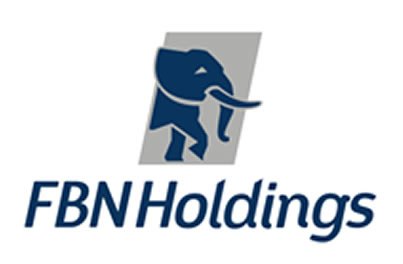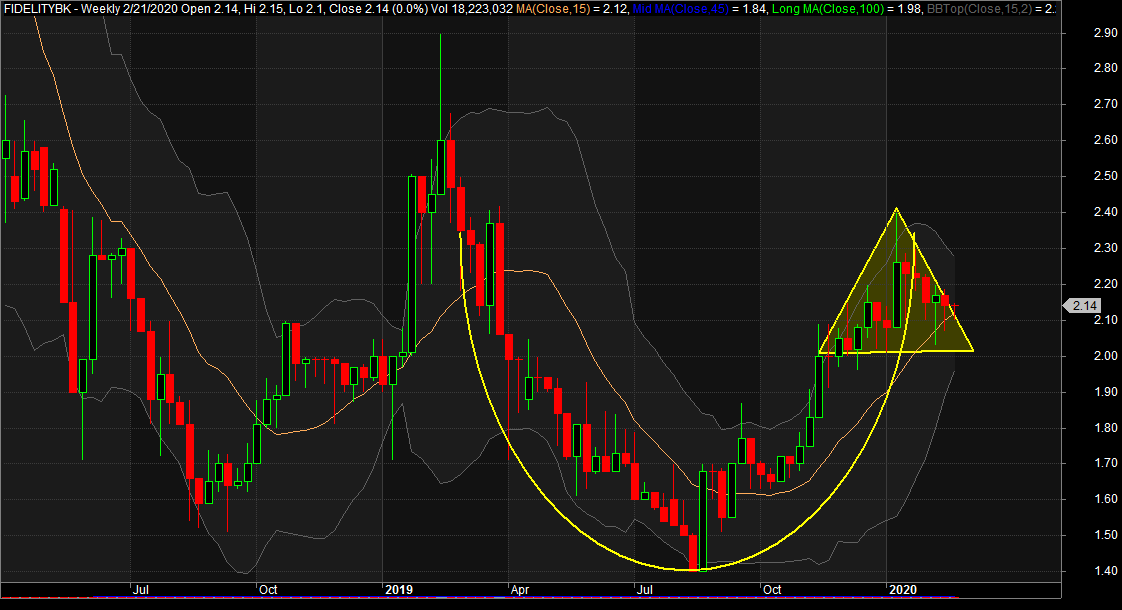FBNH Q4: DLM Foresees Better Pricing From Smaller NPL, Bigger Profit

With strong geographical diversification and new management team, FBNH has made some headway over recent quarters to improve its profitability, asset quality and capital level. It has reported improved financial results even though capital level is still low compared to its peers.
The bank’s Capital Adequacy Ratio (CAR) stood at 17.2% as at 9M2017which is a slight improvement from 15.4% as of 9M2016. Nevertheless, we believe that FBNH’s exposure to non-performing assets is still sizable and a further reduction of this legacy issue is key to achieving higher profitability. However, we highlight that the bank’s nonperforming loans (NPLs) declined to 20.1% as at 9M2017 vs 24.4% in 2016 which is commendable.
Single Digit NPL By 2019
We are of the view that management’s focus on driving NPLs to single digits by 2019 is an ambitious target given the current level of the bank’s NPLs.
FBNH still stand tall amongst the three largest banks in Nigeria in terms of Assets (N4.9tr), Shareholders’ fund (N631bn), Loans (N2.04tr) and Customer Deposits (N2.94tr) as at 9M’17. Core earnings remain strong and have benefited from
Nigeria’s high-interest-rate environment and capital market transactions to support earnings. The bank recorded a 5.2% y-o-y growth in gross earnings supported by enhanced yields on interest earning assets and continuous optimization of its loan book.
Specifically, FBNH posted gross earnings and PAT of N439.2bn and N45.84bn in its 9M’17 results and our forecast for FY’18 are N510.24bn and N66.22bn with PBT and PAT margins climbing to 12.64% and 10.44% respectively.
This equates forward EPS and P/E ratio of N1.84 and 6.62x. The bank has been a profitable trade in the past 6-Month, rising from N3.01 to N15.16, but still struggling to keep up with its peers, trading at a discount to book value. The bank’s current book value is N17.54 per share, implying a 44% discount to book value.
Rise In Price
We believe that a further rise in price is possible due to higher profitability in the coming years, as the bank continues to fix its balance sheet and focus on creating value for shareholders.
While profitability is expected to improve through several factors, of which reduced exposure to non-performing assets is key, we are of the view that its valuation discount should narrow in the medium term.
Equity research methodology employed in this report
Views documented in this equity research report stem from conclusions reached through the use of multiple valuation methodologies, industrywide knowledge, company specific information and our near to medium term expectations of industry and company performance, as well as market outlook.
Our forecasts are based on a combination of top down and bottom up analysis, alongside historical trends in industry and company financials. Where appropriate, we factored in available forecasts and business direction provided by company management. This equity research report qualifies as an initiation research report on the company whose stock has been analysed, hence the level and depth of details documented herein. Further updates on this company, or its stock, or both, will be communicated to investors via brief research notes or earnings-flash emails, as occasion demands.
Our recommendation is slightly biased towards value investing. Therefore, our investment rank gauge—a customized scale we use to judge how well a firm under coverage has performed—is determined using major value parameters as well as relevant ratios and multiples computed with figures from the company’s most recent financials. The investment rank or grade given to a company is an alphabet which falls in the set {A+, A, B, C+, C, D, E, F}, where
• Grade A+ means the company has done excellently well on all fronts that form the basis of our consideration, and has a strongly positive performance outlook.
• Grade A means the company’s performance is of high quality, but can be made better. Outlook for the company is positive.
• Grade B means the company performed marginally above average, at least relative to its peers, but faltered on some fronts. Outlook is weakly
positive.
• Grade C+ means the company’s performance is exactly average; outlook is neither positive nor negative.
• Grades C and D indicate that dwindling performance is the company’s fate at the current time. Outlook for the company is mildly negative.
• Grades E and F mean the company is headed for towards jeopardy, which might impair its ability to continue as a going concern.
Outlook for the company in this case is alarmingly negative.
The variables used to arrive at the company’s investment rank cover a wide range of measures which characterize liquidity, operational efficiency, profitability, profitability margins, growth, economic profitability, gearing, relative valuation ratios, capital structure and management performance. Our investment recommendation is underpinned by the upside or downside potential of a stock under coverage. This potential is estimated by comparing the stock’s current market price to its price target and fair value, on a percentage increase or decrease basis as
summarized below:
Deviation from current price Recommendation
>30% STRONG BUY
10% to <30% BUY
Source: Company Financials, DLM Research
In our analysis, we distinguish between fair value and price target. Fair value is our opinion of the actual fundamental worth of a stock, irrespective of what the market thinks of the stock or what investors are willing to pay for it. Value investors purchase stocks way below their fair values, while income investors might purchase stocks at their fair values at the very maximum.
Price target, on the other hand, is the estimated price we opine the stock will trade in the near to medium term. It is the price that, if realized, could result in the best investment returns, given prevailing market conditions. It gives an idea of the price other investors might be willing to pay for a stock regardless of its actual worth. We employ fair value, price target or both to determine a stock’s upside or downside potential.
A BUY recommendation directly means what it says; purchase the stock according to your wallet and appetite for risk. A SELL recommendation prompts investors to exit their positions in the stock, as the analyst believes the stock is not worth investors’ time and capital commitment. A HOLD recommendation generally tells investors to do nothing; if you have not bought the stock, do not buy it and if you have bought it, do not sell it.





